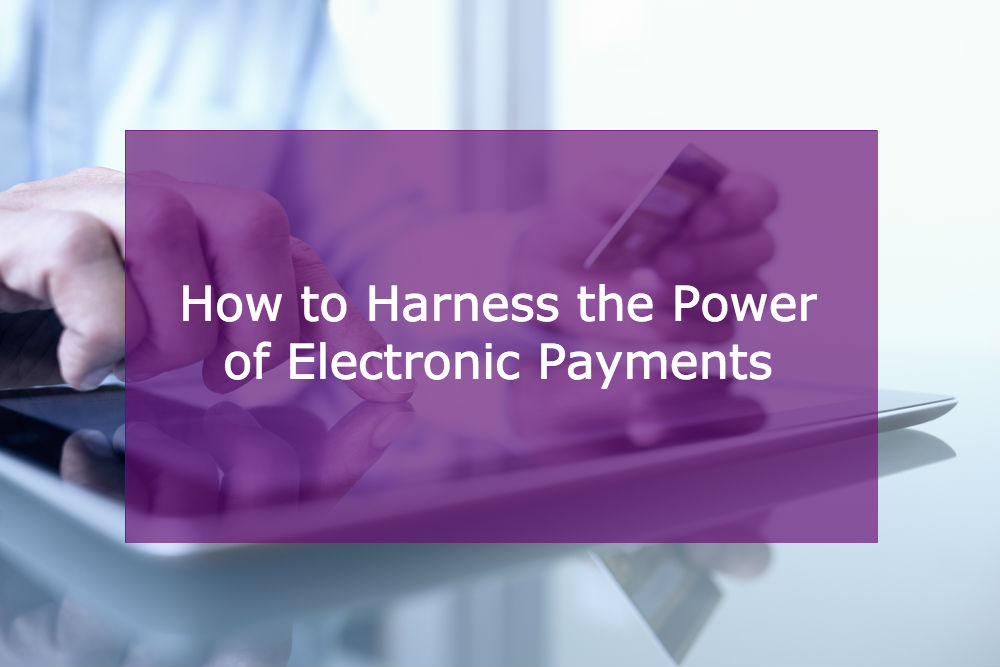
Electronic payments methods are on the rise, and consumers can’t get enough of them. Appetites for all sorts of online electronic payments methods grow apace, whether mobile payments, digital wallets, laptops, tablets, or good-old-fashioned desktop computers.
This is especially true among the millennial generation who remain constantly connected online. Millennial adults also like to shop online — a lot. And they’re not afraid of making electronic payments whether at home, at work, or on the road.
And there’s more great news for high risk ecommerce merchants. Retail analysts at Business Insider.com (BI) project digital retail sales reaching $632 billion by 2020 in the U.S. alone, with ecommerce spending rising by twenty-three (23) percent year-on-year.
New and growing high risk ecommerce merchants take heart: “Small businesses have just as much opportunity to benefit as their larger counterparts” per the BI analysts.
What’s driving this annual growth?
- More customers becoming comfortable with ecommerce,
- Who shop more frequently,
- And spend more per transaction.
Consumers’ growing appetites for electronic payments (and ecommerce in general) bring to mind a quote posted on Pinterest that sums it up and provides a suitable mantra for high risk ecommerce merchants: “Why ecommerce? Because it’s shop o’clock somewhere.”
This is excellent news for high risk ecommerce merchants, indeed. To garner your share of the growing online market, however, you need to implement electronic payments the right way. Let’s take a look.
Electronic Payments Deliver Benefits
Of course you already know that electronic payments facilitate your ecommerce business. Without them, you wouldn’t have much of a business at all.
But have you considered the benefits that accrue from implementing electronic payments the right way?
Electronic payments expand the reach of your business.
Customers may be located anywhere in the world with Internet access, estimated by year-end 2016 to include forty-six percent of the world’s population — from 198 countries.
Enjoy cross-border sales opportunities with the right electronic payments capabilities and a business model tailored to support multiple cultures and currencies.
Give your global customer base what they want.
Customers today prefer to combine multiple shopping channels in their quest for favored goods: online, in-store, and direct mail shopping all serve their needs and wants.
Harvard Business Review labels such shoppers “omnichannel customers.” They studied 46,000 shoppers and found that seventy-three percent (73%) prefer an omnichannel buying journey.
Of course, high risk ecommerce merchants don’t always have or want a bricks and mortar retail store, nor to accept MOTO orders. The point of omnichannel retail is to understand more about your customers, and the types of shopping experiences they want.
In today’s complex retail landscape, it’s good to know your customers well — wherever they reside and like to shop.
Increase the productivity of your business.
Not only do electronic payments capabilities enable your online business and make it easy for customers to give you money, but they also increase your productivity. Manual tasks like data entry and processing paper invoices become a thing of the past.
The digital data created — and securely stored — facilitate customer dispute management. The ability to “prove” quickly both a completed sale, and delivery of merchandise by referring to electronic data improves dispute response productivity.
Benefits Come With Challenges
With the advent of more diverse electronic payments solutions (like mobile payments, digital wallets, and more) come a few challenges for high risk businesses.
Safe, secure electronic payments considered a hygiene factor.
The migration to EMV improved card-present payment security for retail stores, without a doubt. At the same time, fraudsters seem to have focused more online, targeting ecommerce electronic payments with gusto. What can you do about that?
Savvy consumers around the world expect safe and secure electronic payment portals and personal data protections, or they won’t purchase on your site because of online fraud and data breach concerns.
Not everyone enjoys keeping up with the technical aspects of electronic payments options, so we’ve pulled together these resources to help secure your website and the electronic payments that make it successful.
- Win on the CNP fraud battlefield
- Fight global ecommerce fraud risk
- Secure against data breach
Provide the safe, secure shopping environment that global consumers value so your high risk ecommerce business feeds its share of the growing electronic payments appetite.
Conclusion
When choosing electronic payments options, merchants should choose a processor that’s a payments industry expert. One with decades of experience who specializes in working with high risk merchants, and who offers a robust, secure online payment gateway is ideal.
The right processor will focus first on your unique needs and growth objectives. Only then will he recommend specific electronic payments solutions for your ecommerce site.
Robust industry expertise means the right payments processor can act as your payments consultant — addressing chargeback management and fraud prevention needs to help ensure your business success.
He’ll treat you like a business partner and stick around to help even if the going gets tough — because that’s what partners do.
